Spray painting can be a tricky task, and one of the biggest concerns while doing it is avoiding overspray. Overspray happens when tiny particles of paint splay out from the intended target and land on surrounding objects or surfaces.
Spray paint overspray refers to the fine mist of paint particles that can spread beyond the intended area when using a spray paint can or gun. But have you ever wondered how far can spray paint overspray travel? In this blog, we delve deep into the factors that affect the distance traveled by spray paint overspray, including wind direction and speed, spray paint nozzle type and pressure, and distance from the object being painted.
We also provide tips for minimizing overspray and achieving clean, even coverage. Whether you are a DIY enthusiast or a professional painter looking to upskill your craft, understanding spray paint overspray is an essential aspect of getting your job done right.
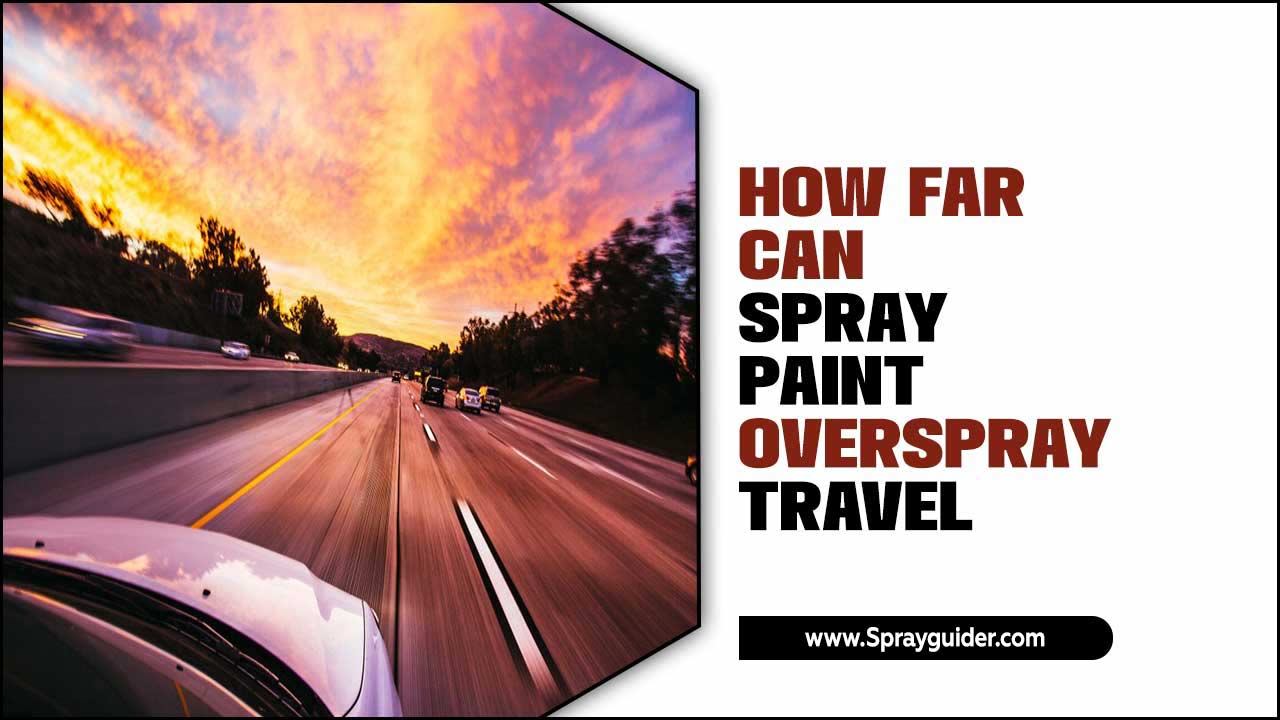
What Is Spray Paint Overspray?
Spray paint overspray refers to the fine mist of paint particles that can travel beyond the intended target area when using a spray paint can or spray gun. The distance that spray paint overspray can travel depends on several factors, including the type of spray paint being used, the spraying technique, and environmental conditions such as wind speed and direction.
In general, overspray can travel several feet from the intended target surface. It is important to take precautions when using spray paint to minimize overspray and protect surrounding surfaces from unintentional paint coverage.
An Estimation Of How Far Can Spray Paint Overspray Travel?
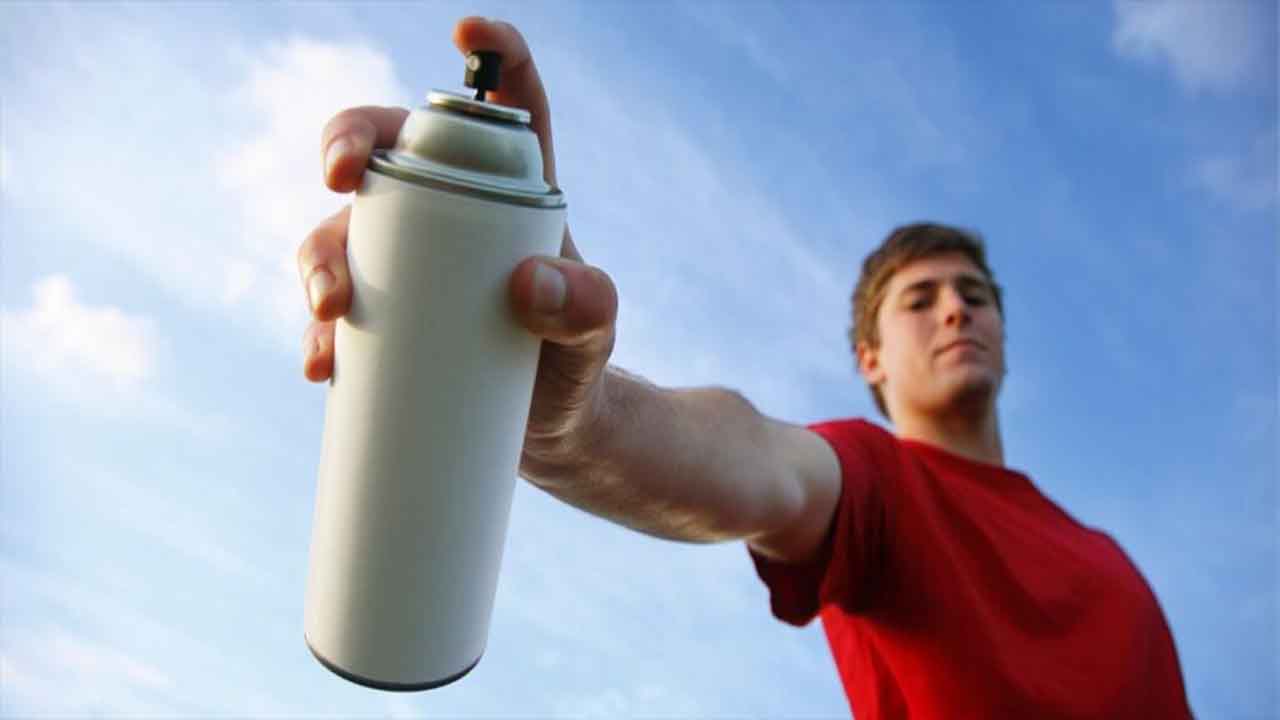
The distance that spray paint overspray can travel can vary depending on several factors. These factors include the type of spray paint being used, the weather conditions, and the spraying technique. On average, overspray from a standard aerosol spray can may travel up to 6-10 feet from the intended target.
However, if a higher-pressure spray gun or airbrush is used, the overspray can potentially travel further, reaching distances of 20 feet or more. It is important to take precautions when using spray paint to minimize overspray and protect surrounding surfaces and objects from unintended paint coverage.
Understanding Bike Spray Paint Overspray
Bike spray paint overspray refers to the unintended application of paint onto areas of a bike that are not the intended target. This can happen during DIY paint jobs or when using spray paint in close proximity to a bike. To prevent damage to bike components or unwanted paint marks, it is important to take precautions.
One way to do this is by using masking tape or protective covers to shield sensitive areas from overspray. Another method is to apply paint in a controlled manner, such as using a paint booth or spray booth, which can help minimize overspray on bikes. By taking these measures, you can ensure a clean and professional finish while avoiding any unnecessary paint transfer.
Factors That Affect The Distance Traveled By Spray Paint Overspray
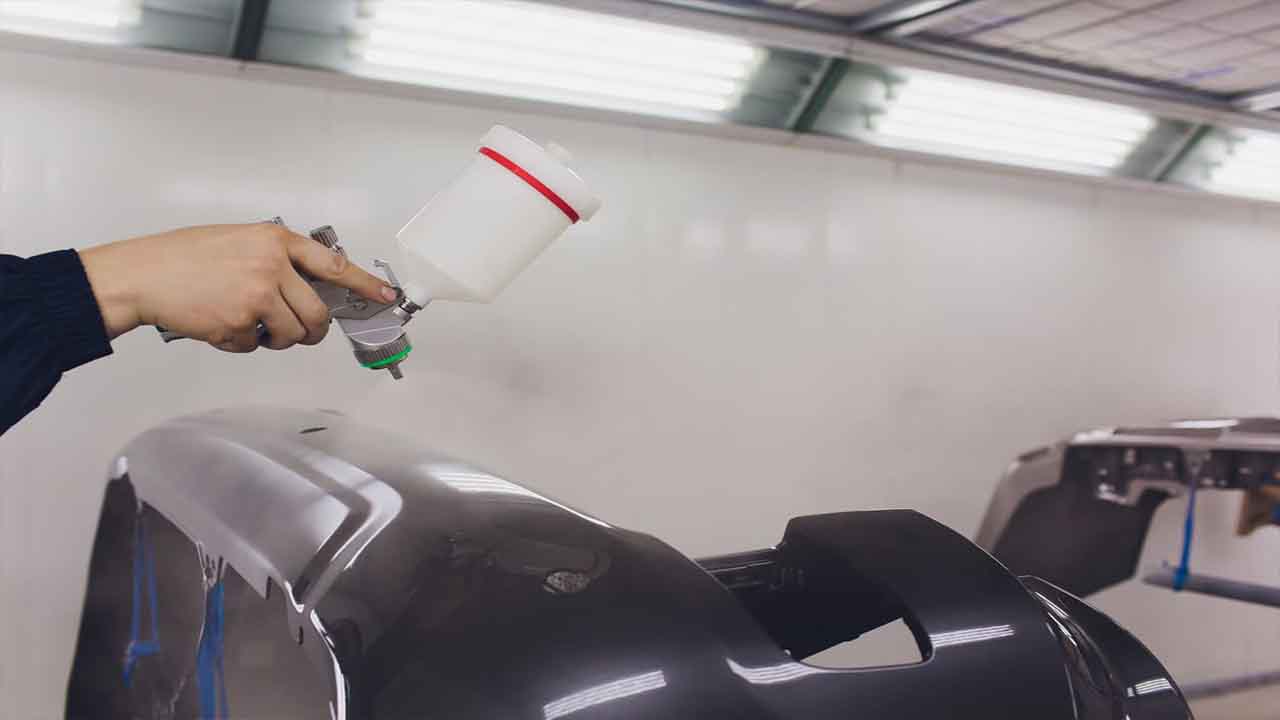
Spray paint overspray is a common issue in painting and coating applications. Overspray particles can travel significant distances, and the distance depends on various factors such as wind speed, direction, and temperature. There are several factors that can affect how far spray paint overspray can travel. These include:
- Wind Conditions: Strong winds can carry overspray particles further away from the intended target, increasing the distance they travel.
- Spray Technique: The way the spray is applied can also impact the distance traveled. Using a wide spray pattern or holding the nozzle too close to the surface can result in overspray being spread over a larger area.
- Paint Type And Viscosity: Different types of paint have different viscosities, which can affect how easily they atomize and disperse into the air. Thicker paints may not travel as far as thinner ones.
- Surface Texture: Smooth surfaces are more likely to reflect overspray particles back towards the target, while rough or porous surfaces may allow them to disperse more easily.
- Spray Equipment: The type of spray equipment used, such as airless sprayers or HVLP guns, can also impact how far overspray travels. Some equipment is designed to minimize overspray and keep it contained in a smaller area.
It’s important to take these factors into consideration when using spray paint to minimize the risk of overspray affecting unintended areas.
Wind Direction And Speed
When spray painting outdoors, it is crucial to consider wind direction and speed. Wind direction refers to the prevailing direction from which the wind is blowing, while wind speed measures how fast the air is moving. Both these factors have a direct impact on the distance that spray paint overspray can travel.
To minimize overspray drifting onto unintended surfaces, it is important to work with the wind at your back. This helps to direct the overspray away from sensitive areas and prevents it from spreading too far. By taking wind conditions into account, you can ensure cleaner and more precise paint application.
Spray Paint Nozzle Type And Pressure
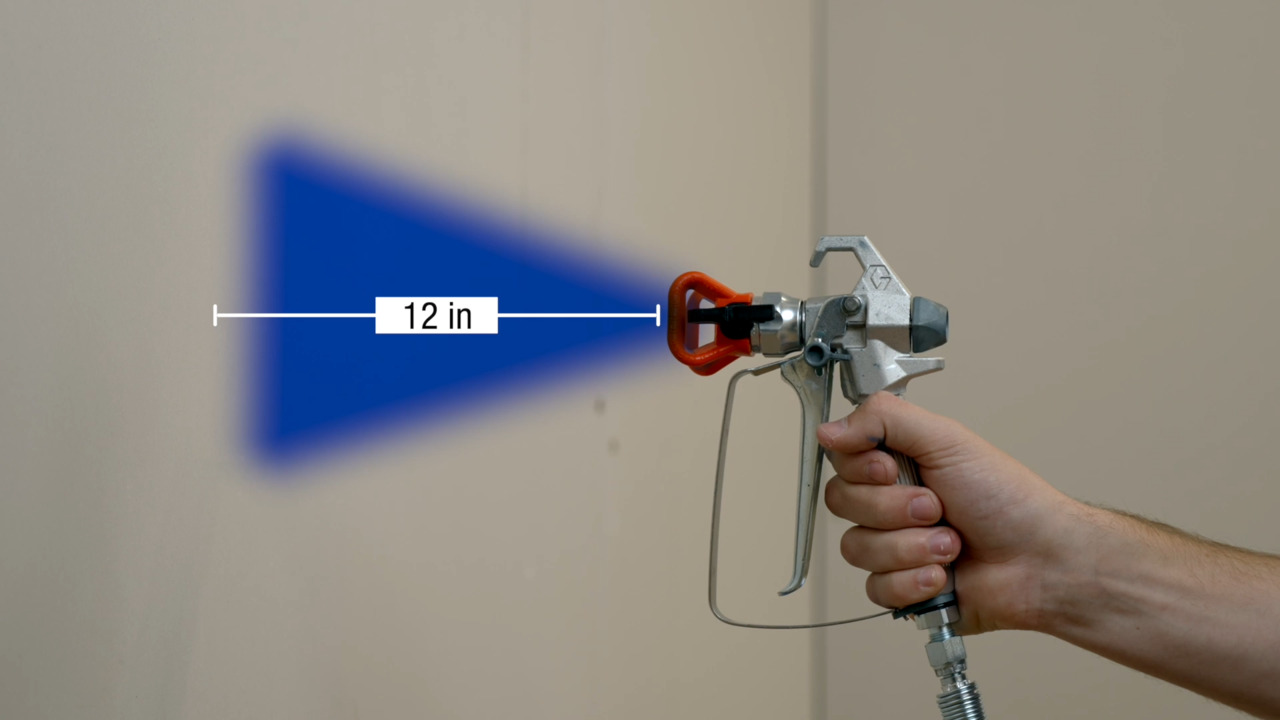
The dispersion of spray paint overspray can be influenced by the type of spray paint nozzle used. Using a wide fan nozzle can result in a broader spray pattern, increasing the amount of overspray produced. On the other hand, a narrow tip nozzle creates a concentrated stream, reducing the likelihood of overspray.
Additionally, the pressure at which the spray gun is operated plays a role in the force behind the paint particles. Higher pressure can lead to paint particles traveling further as overspray. By adjusting the nozzle type and pressure settings, you can have better control over the amount and range of overspray.
Distance From The Object Being Painted
Maintaining an optimal distance from the surface being painted is essential when considering how far spray paint overspray can travel. The closer the spray gun is to the object, the less chance there is for overspray to travel a significant distance.
By following the manufacturer’s guidelines or recommendations for the proper spraying distance, you can control and minimize overspray. Additionally, using a spray booth or creating a controlled environment can further contain overspray and prevent it from traveling too far.
This ensures even coverage and reduces the risk of unintentionally painting nearby objects such as new cars. Remember to consider the distance from the object when spray painting to achieve the best results.
Precautions To Prevent Overspray From Traveling Too Far
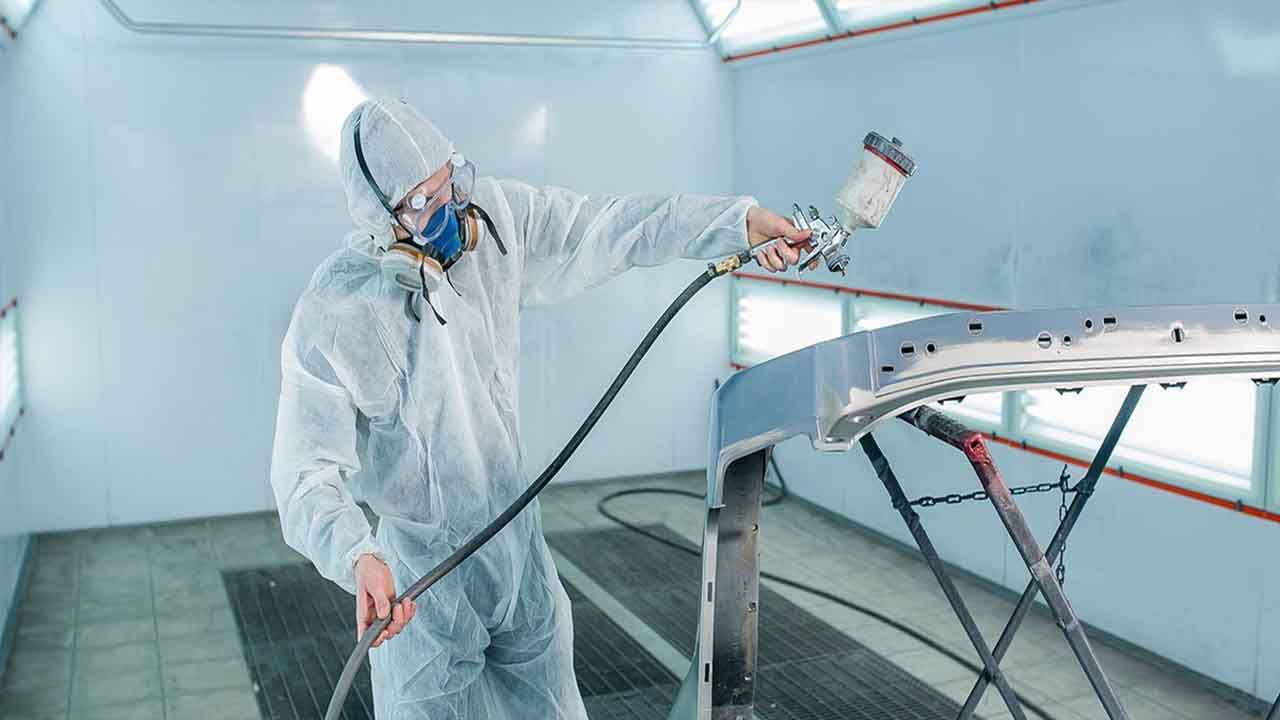
To prevent overspray from traveling too far and affecting areas that shouldn’t be painted, there are several precautions you can take. Using drop cloths or plastic sheets can help contain overspray within the desired painting area.
Creating a wind barrier, such as erecting temporary walls or using windbreak materials, can reduce the impact of wind on overspray dispersion. Working in an enclosed area, like a paint booth or garage, provides a controlled environment with minimal chances of overspray drifting.
Additionally, using masking tape or protective covers on surfaces that should not be painted can help prevent overspray from reaching unwanted areas. Properly adjusting the spray gun settings, including nozzle type, pressure, and spraying technique, can also minimize overspray. By following these precautions, you can ensure that the overspray remains contained and achieve a clean, even paint job.
Using Drop Cloths Or Plastic Sheets To Contain Overspray
Placing protective drop cloths or plastic sheets around the painting area is an effective method to catch and contain overspray. These coverings create a barrier between the spray paint and surrounding surfaces, preventing any unwanted dispersion.
Once the painting is complete, these drop cloths or plastic sheets can be easily removed, making clean-up a breeze. To ensure a secure containment, it is advisable to use painter’s tape to secure the edges of the drop cloths or plastic sheets. Moreover, disposable options are also available, which are not only cost-effective but also provide an efficient solution for managing overspray.
Creating A Wind Barrier Or Working In An Enclosed Area
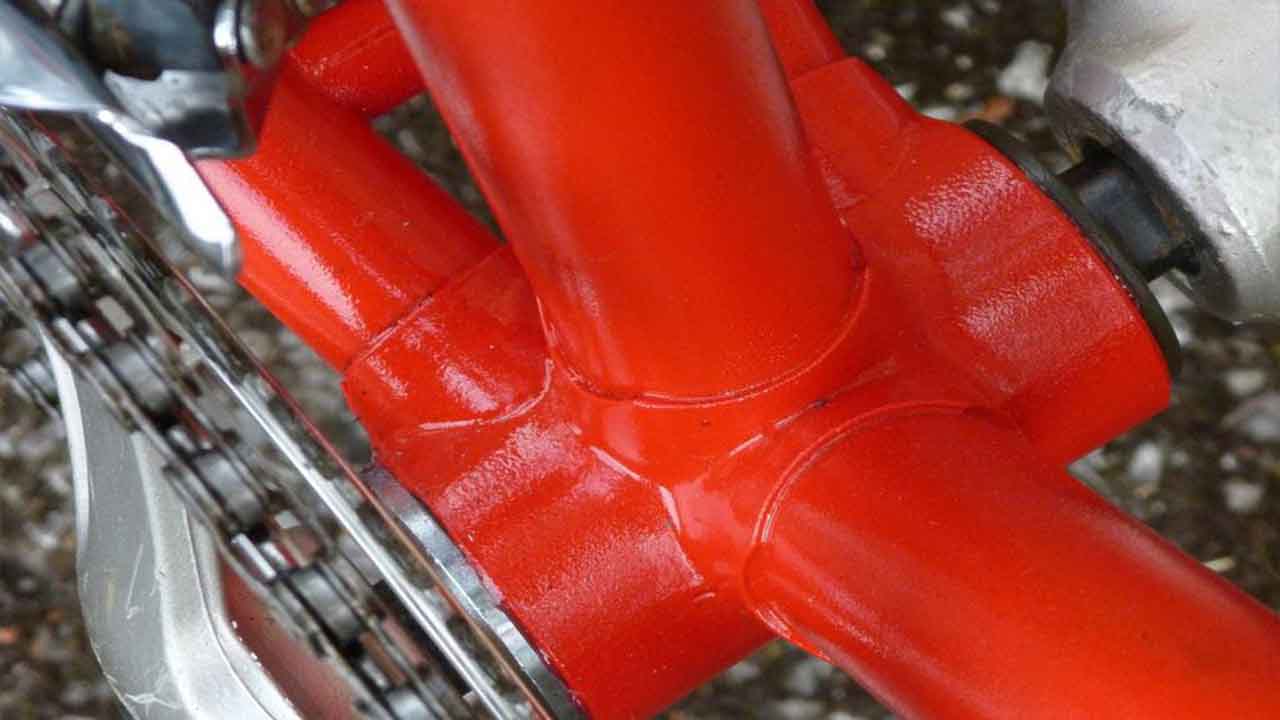
To minimize the impact of wind on overspray dispersion, you can erect temporary walls or use windbreak materials to create a wind barrier. This barrier helps contain the overspray within the desired painting area, preventing it from traveling too far.
Another effective strategy is to work in an enclosed area, such as a paint booth or garage, which provides a controlled environment with better ventilation, temperature control, and overall oversight of factors that may affect the overspray.
It is important to ensure proper ventilation when working in an enclosed area for a safe working environment. These measures are crucial in achieving clean and even coverage while minimizing the risk of overspray traveling beyond the intended boundaries.
Tips For Minimizing Overspray And Achieving Clean, Even Coverage
When using spray paint, it’s important to be mindful of overspray and take steps to minimize its impact. Overspray refers to the fine mist of paint particles that can travel beyond the intended target area.
The distance that spray paint overspray can travel depends on several factors, including wind conditions, the type of spray nozzle used, and the technique employed. However, there are a few tips you can follow to help minimize overspray and achieve cleaner results:
- Choose a calm day with minimal wind to reduce the chances of overspray drifting.
- Use a quality spray nozzle with a narrow spray pattern to focus the paint on your intended target.
- Hold the can or sprayer at an appropriate distance from the surface being painted – usually around 6-12 inches.
- Work in small sections and use controlled movements to prevent excessive overspray.
- Consider using drop cloths or masking off surrounding areas to protect them from overspray.
By following these tips, you can help minimize overspray and achieve a more precise and professional-looking finish with your spray painting projects.
Proper Technique For Spraying With A Can Of Bike Spray Paint
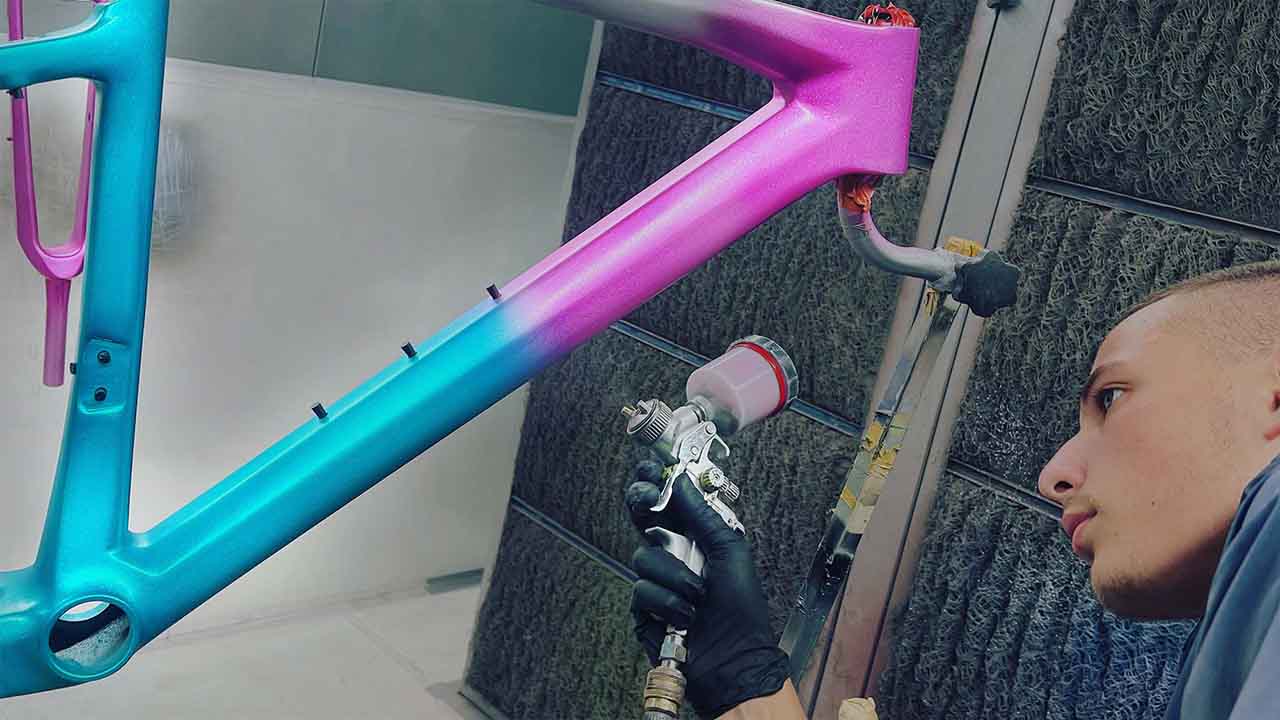
To achieve the best results when using a can of bike spray paint, it’s important to follow the proper technique. Begin by shaking the can thoroughly to ensure a consistent and smooth spray pattern. When you’re ready to start spraying, make sure to do so off the surface to avoid creating paint buildup in one area.
As you move the can, maintain a steady speed and keep it parallel to the surface for a uniform coating. Instead of applying one heavy coat, opt for multiple light coats, allowing each coat to dry before adding the next. This will help you achieve a professional-looking finish. Lastly, remember to clean the spray nozzle after each use to prevent clogging and ensure a proper spray pattern.
Conclusion
To prevent spray paint overspray from traveling too far, it is essential to take appropriate precautions. Factors such as wind direction and speed, spray paint nozzle type and pressure, and distance from the object being painted can all affect how far overspray travels.
Using drop cloths or plastic sheets to contain overspray, creating a wind barrier, or working in an enclosed area can help minimize the distance overspray travels. Additionally, practicing proper spraying technique and using even strokes can ensure clean and even coverage while minimizing the spread of overspray.
We have provided bulk information on how far can spray paint overspray travel and hope our information was helpful from your perspective. By following these precautions and tips, you can achieve professional-looking results without worrying about overspray traveling beyond the intended area.
Frequently Asked Questions
1.Does Spray Paint Fly Everywhere?
Ans: Spray paint can spread everywhere if not used correctly. Overspray can travel up to 20 feet from the spraying area. To prevent this, use a spray booth or cover surrounding surfaces. Remember to wear protective gear to avoid inhaling harmful particles.
2.How Far Does Spray Paint Overspray Go?
Ans: Spray paint overspray can travel a considerable distance of up to 20 feet or more. Factors like wind, humidity, and temperature can influence the distance it travels. To prevent unwanted surfaces from getting affected, proper masking and containment techniques should be employed. Environmental and health concerns make it essential to clean up overspray adequately.
3.How Do You Limit Overspray?
Ans: To limit overspray, you can set up a spray booth or create a makeshift spray area using plastic sheeting. Cover nearby surfaces and objects with drop cloths or masking tape. Adjust the spray nozzle and pressure for minimal overspray. Practice proper spraying techniques to maintain control and accuracy.
4.How Long Does Spray Bike Last?
Ans: The durability of spray bike paint depends on various factors, including the quality of the paint and the environment it’s applied in. With proper care and maintenance, a high-quality spray bike paint can last several years. Applying a clear coat or protective sealant and regular cleaning and waxing can help extend its lifespan.
5.How Many Feet Does Spray Paint Cover?
Ans: Spray paint can cover a distance of 6-8 feet, although high-pressure sprayers may reach up to 12 feet. Safety measures, such as wearing a mask and protective clothing, should always be taken when using spray paint.
Meet Allen Yu, the Spray Guru behind Spray Guider. With a passion for transforming rides into rolling works of art, Allen Yu specializes in Bike and Car Sprays. Unleash your vehicle’s potential with expert tips and creative inspiration. Elevate your ride with Allen Yu—because every spray tells a story!
